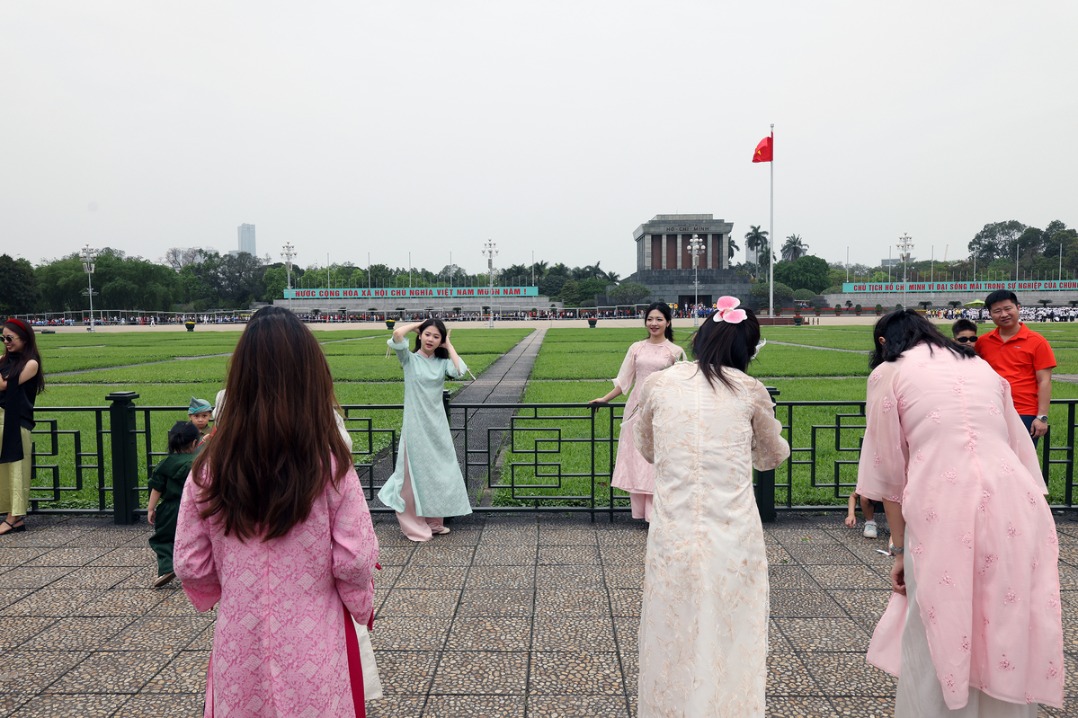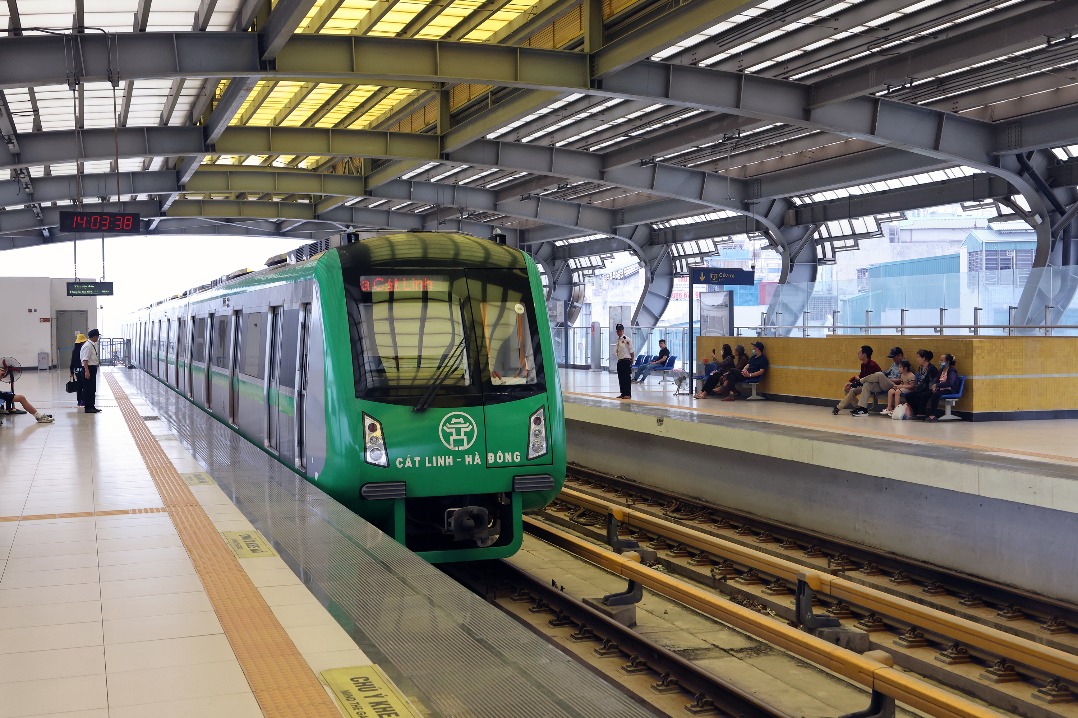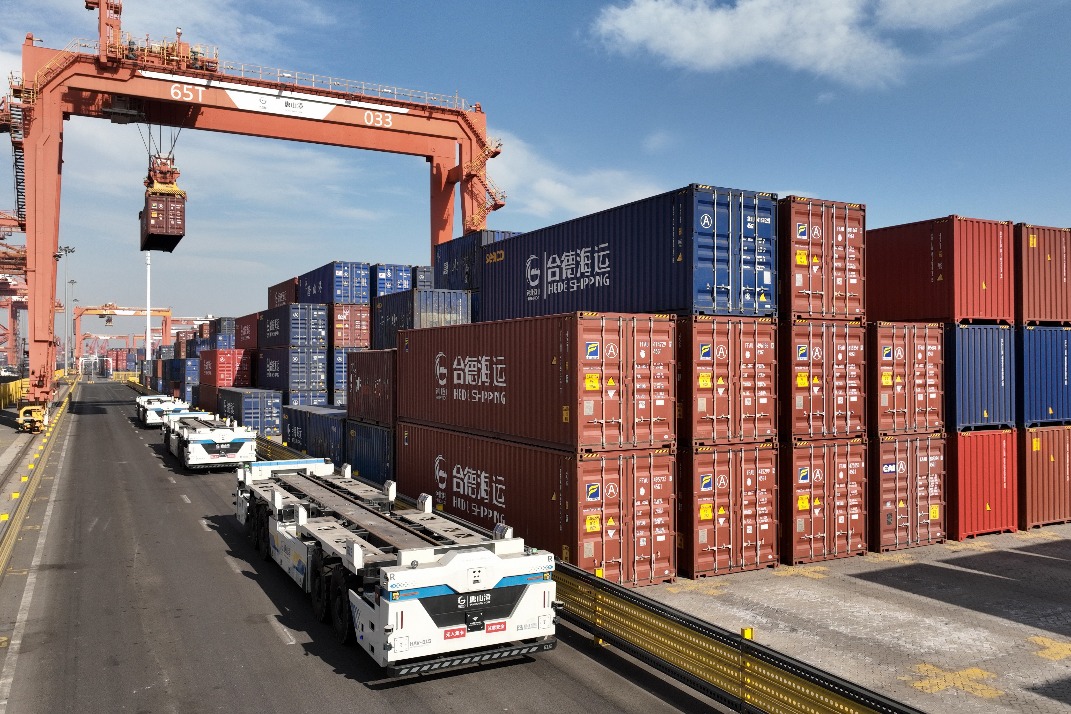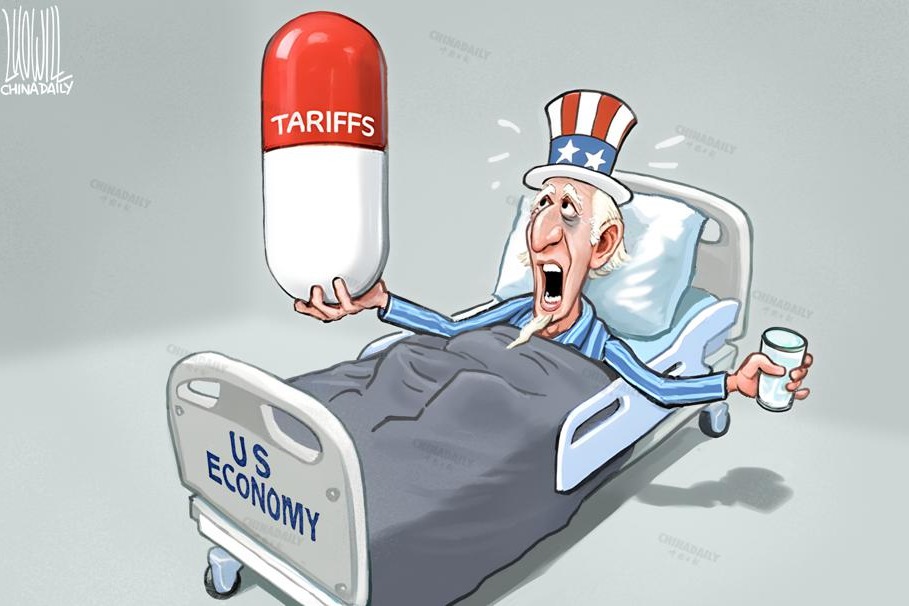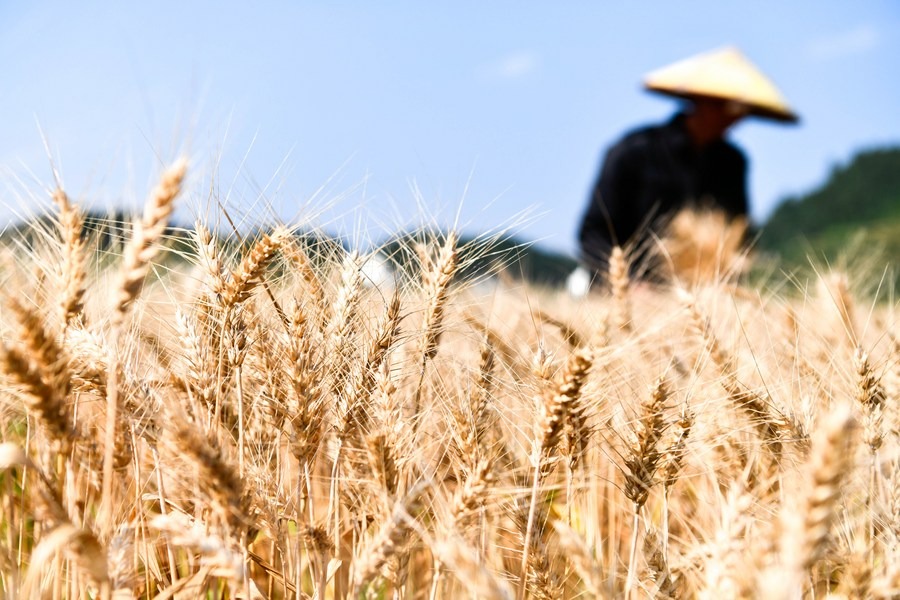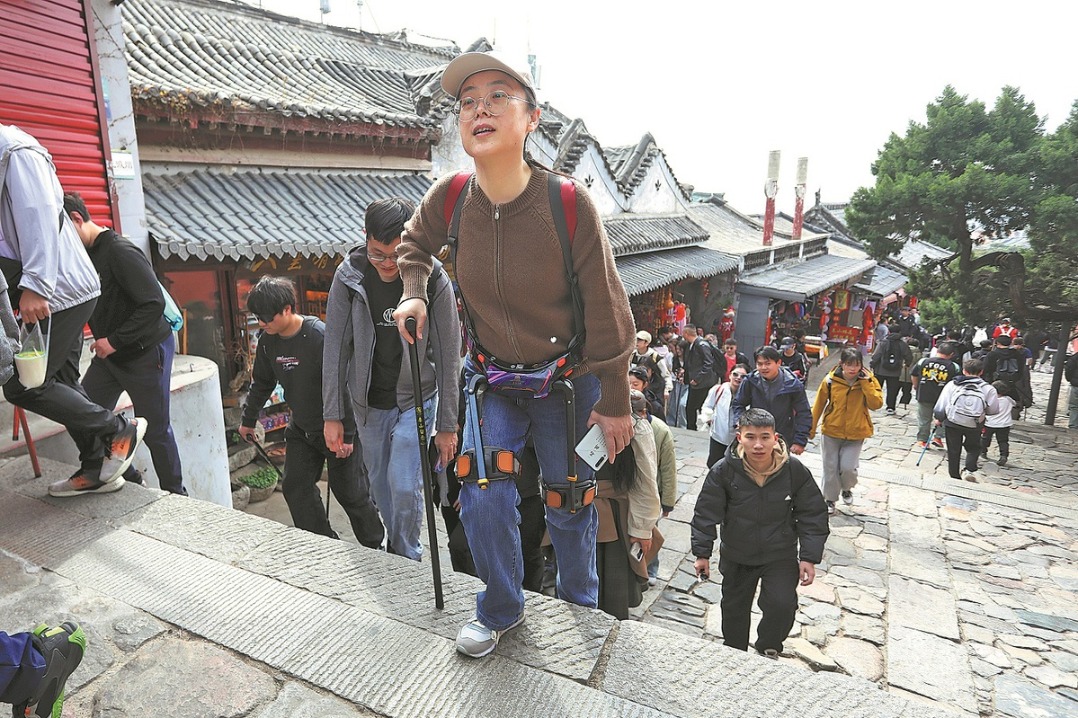QJiang, Harley announce JV plan
By LIU YUKUN | China Daily | Updated: 2021-09-17 09:04

China's Zhejiang QJiang Motorcycle Co Ltd recently announced a plan of establishing a joint venture with a registered capital of $2.5 million with Harley-Davidson Motor Co Group LLC, to clear the way for the production and sale of more types of motorcycles.
The joint venture, named Huamei Motorcycle, will manufacture, assemble and sell internal combustion engines and motorcycles, as well as offering related services. It received an investment of $2 million from QJiang Motorcycle and $500,000 from Harley-Davidson.
QJiang Motorcycle said the tie-up of the two motorcycle giants was for sales of two types of motorcycles with engine capacities of 338 and 500 cubic centimeters, and other products listed in written agreements between the two companies.
The establishment of the joint venture will enable the two companies to apply for necessary approval and certification for the production and sale of motorcycles to relevant administrative departments, QJiang Motorcycle said.
Zhou Mi, a senior researcher at the Chinese Academy of International Trade and Economic Cooperation in Beijing, said the move was to better cope with restrictions on motorcycles by local governments, tap China's huge motorcycle market and deal with the high cost of imports.
Currently, a number of cities in China have various levels of restrictions or bans on types of motorcycles that are allowed on the road, as well as selective streets and districts that allow motorcycle riders.
"Despite restrictions on motorcycles from local governments, consumers still show increasing interest in the vehicle due to relatively lower prices compared to four-wheelers, and convenience especially during traffic congestion. In addition, many regions, especially counties and rural areas, still have less restrictive rules on motorcycles," Zhou said.
China's production and sale of motorcycles reached 13.37 million units and 13.33 units in the first eight months this year, a year-on-year increase of 22.65 percent and 21.42 percent, respectively, according to the China Chamber of Commerce for Motorcycles.
A report by LeadLeo Research Institute, a market research provider, showed that the motorcycle market in China will continue to grow with an estimated annual production of 19.57 million units in 2024, buoyed by increasing demand by riders facing traffic congestion and the limited number of parking spaces for four-wheelers.
Li Shufu, chairman of Geely Holding Group, which is a major stakeholder of QJiang Motorcycle, called for an easing of motorcycle restrictions to promote an upgrade to the industry.
Li suggested that the government should roll out transportation regulations specialized for motorcycles, resume licensing of motorcycles in pilot cities, and launch riders' driving tests during last year's two sessions.
Founded in 1985, QJiang Motorcycle was the first motorcycle and parts manufacturer in China to conduct cross-border acquisitions. It bought Italian motorcycle company Benelli in 2005. To date, the company owns four brands-QJmotor, Benelli, Keeway and KSR. It sells products to about 130 countries and regions.
In 2016, Geely spent 1.1 billion yuan ($17.1 million) to acquire 29.77 percent of QJiang Motorcycle's stake and became the company's largest stakeholder.
"Harley-Davidson's cooperation with QJiang Motorcycle was also part of Harley-Davidson's ongoing efforts to expand its presence in the Chinese market," Zhou added.
Earlier in 2019, Harley-Davidson partnered with QJiang Motorcycle to build a new type of motorcycle with engine capacity of 338 cubic cm, and planned to sell the products through Harley-Davidson's retail dealers in China.
The cooperation in 2019 was considered part of Harley-Davidson's strategy to move more production outside the United States to deal with the high cost of exports after the European Union imposed new tariffs on motorcycles from the US in 2018 in response to the Trump administration's tariffs on European steel and aluminum, industry experts said.
They said the move was also to deal with low sales in the US and expand its market presence in Asia. A report by LeadLeo showed that currently demand for motorcycles in Asian countries takes up 82 percent of the total on a global scale.





